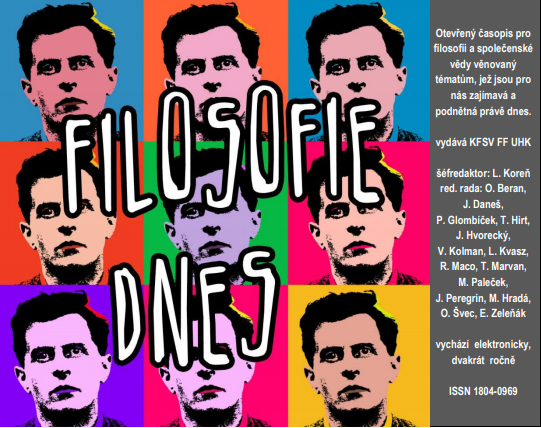Two Series of Time in Logic, Natural Language, Computer Science and Artificial Intelligence
DOI:
https://doi.org/10.26806/fd.v8i2.232Abstract
J. M. E. McTaggart famously divided time into two time series, which he entitled A-series and B-series. Although he was proponent of neither of them, his division initiated a discussion as to which of the series is prior or real. This paper follows Clifford Williams’s claim that these series are not as distant as their proponents argue they are. It demonstrates their translatability in the case of examples from temporal logic and natural language. It argues that, if there are any deep-rooted differences between these two series, they are only metaphysical. These metaphysical differences could be overcome by focusing on logic or natural language. These two series of time are also used in computer science and in the development of Artificial Intelligence. However, no attempt at unifying them has been suggested in these fields of study.
J. M. E. McTaggart rozdělil čas na dvě časové série, A-série a B-série. Třebaže nebyl zastáncem žádné z nich, jeho rozdělení podnítilo diskuzi, která z těchto časových sérií je přednější nebo jediná skutečně reálná. Tento článek navazuje na názor Clifforda Williamse, že tyto časové série nejsou tak rozdílné, jak tvrdí jejich zastánci. V článku je demonstrována jejich přeložitelnost na příkladech z temporální logiky a přirozeného jazyka. Článek dále tvrdí, že jestliže je zde nějaký hluboce zakořeněný rozdíl mezi těmito dvěma sériemi, pak je pouze metafyzický. Tyto metafyzické rozdíly mohou být překonány, zaměříme-li se na logiku a přirozený jazyk. Tyto dvě časové série jsou také použity v informatice a rozvoji umělé inteligence, třebaže v těchto oborech dosud nebyly navrženy žádné pokusy o jejich propojení.
Downloads
Published
Issue
Section
License
Authors who publish in this journal agree that:
1. Authors retain copyright and guarantee the journal the right of first publishing. All published articles are licensed under the Creative Commons Attribution license, which allows others to share this work under condition that its author and first publishing in this journal was acknowledged.
2. Authors may enter into other agreements for non-exclusive dissemination of work in the version in which it was published in the journal (for example, publishing it in a book), but they have to acknowledge its first publication in this journal.
3. Authors are allowed and encouraged to make their work available online (for example, on their websites) as such a practice may lead to productive exchanges of views as well as earlier and higher citations of published work (See The effect of open access).


